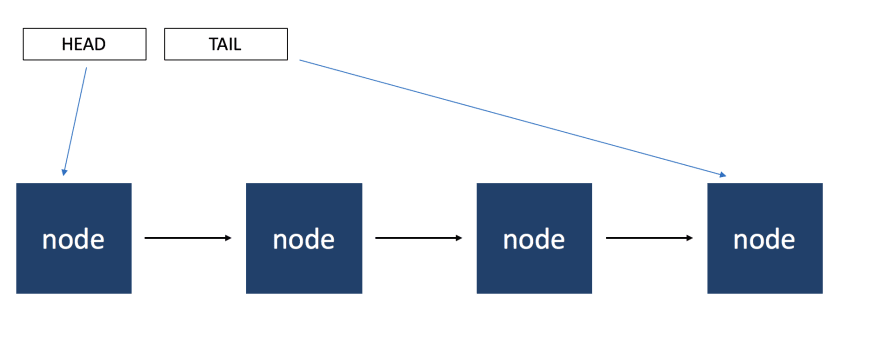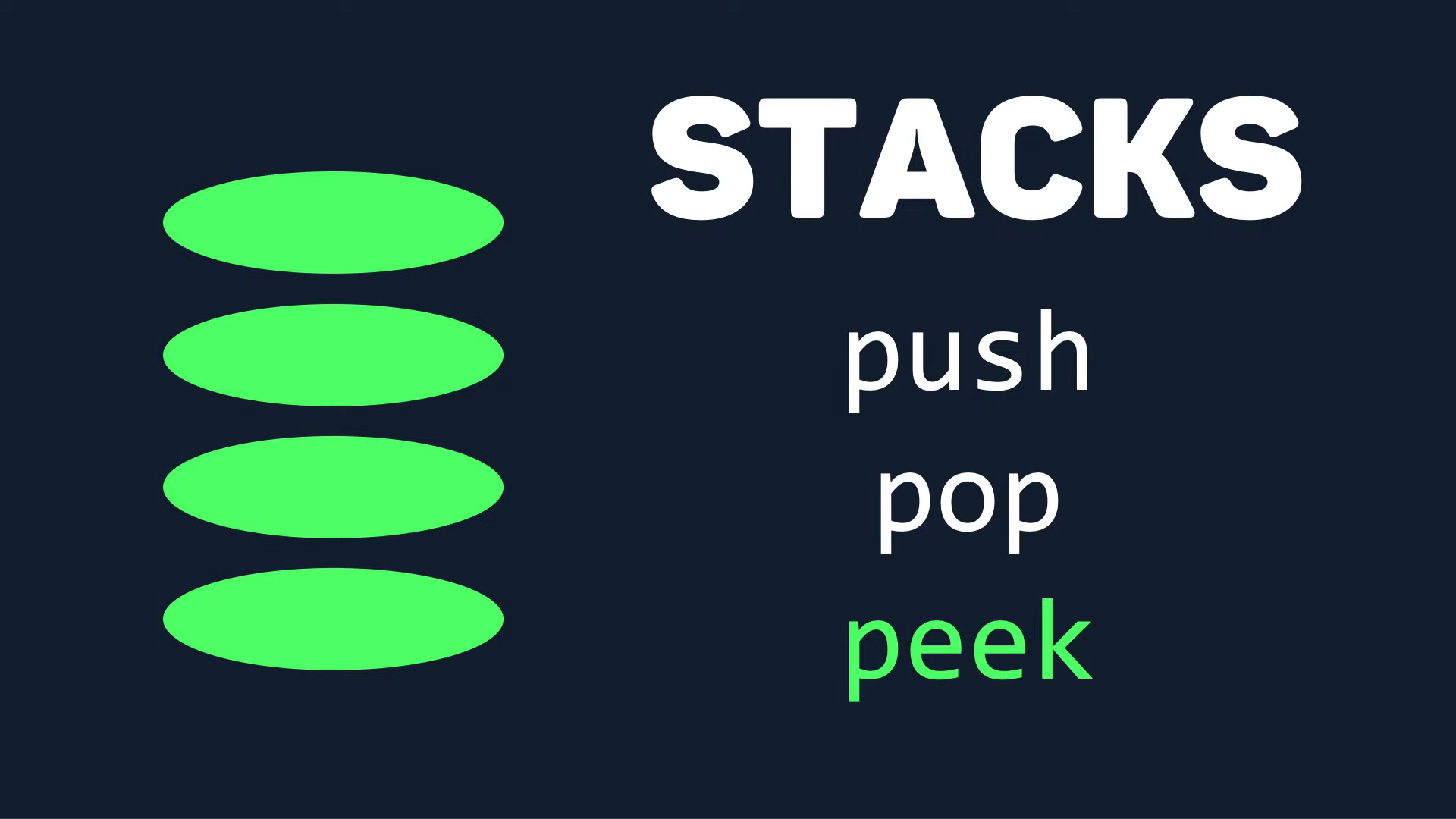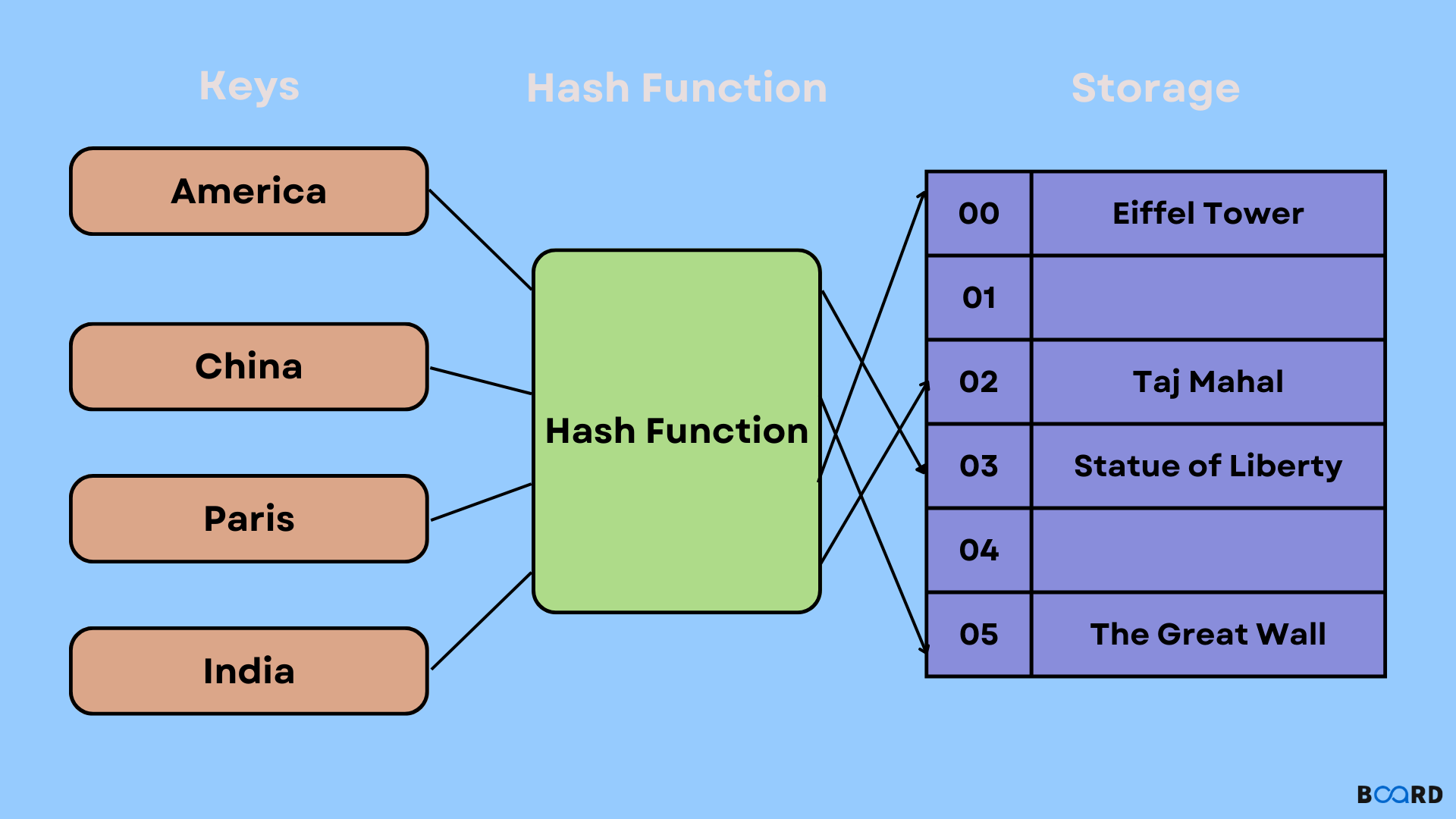Credit to TMU/Ryerson's CPS 305 course for teaching me about data structures and algorithms
Credit to Elshad Kamriov's Udemy Course for teaching me strctures in python
https://www.udemy.com/course/data-structures-and-algorithms-bootcamp-in-python/

Below -->>
- Definition: A linear collection of data elements, where each element points to the next, forming a sequence.
- Key Features:
- Dynamic size.
- Efficient insertion and deletion.
- Sequential access (not random).
- Types:
- Singly linked lists.
- Doubly linked lists.
- Use Cases: Useful for applications with frequent addition and removal of elements where memory allocation is a concern.

- Definition: A collection of items stored at contiguous memory locations.
- Key Features:
- Fixed size.
- Elements are of the same type.
- Random access of elements using indices.
- Efficient access and iteration.
- Use Cases: When you need fast access to elements using index, and the size of the collection is known and fixed.
- Definition: A collection of entities that are maintained in a sequence and can be modified by adding at one end (the rear) and removing from the other end (the front).
- Key Features:
- FIFO (First In, First Out) structure.
- Enqueue (add) operations at the rear.
- Dequeue (remove) operations at the front.
- Use Cases: Handling of data where the order of operations is essential, like task scheduling.
- Definition: A collection of elements with two main operations: push, which adds to the collection, and pop, which removes the most recently added element.
- Key Features:
- LIFO (Last In, First Out) structure.
- Push and pop operations.
- Use Cases: Useful in situations where a reverse order of operations is required, like undo mechanisms in text editors.

- Definition: A hierarchical data structure with a root value and subtrees of children, each with a parent node.
- Key Features:
- Non-linear.
- Each node can have any number of children.
- Trees are recursive data structures.
- Types:
- Binary Trees.
- AVL Trees.
- Red-Black Trees, etc.
- Use Cases: Representing hierarchical data, like file systems, and for efficient searching and sorting.
- Definition: A data structure that implements an associative array abstract data type, a structure that can map keys to values.
- Key Features:
- Key-value pairs.
- Efficient insertion, deletion, and lookup.
- Hash function to compute index for a key.
- Use Cases: When you need to access elements by a key, and efficiency is a concern. Common in database indexing.
 This summary provides a basic understanding of each data structure, their key characteristics, and typical use cases.
This summary provides a basic understanding of each data structure, their key characteristics, and typical use cases.
- Root: The top node without a parent.
- Edge: A link between a parent and a child node.
- Leaf: A node which does not have children.
- Sibling: Children of the same parent.
- Ancestor: A parent, grandparent, great-grandparent, etc., of a node.
- Depth of a Node: The length of the path from the root to the node, measured in the number of edges.
- Height of a Node: The length of the path from the node to the deepest node connected to it. This length is measured by the number of edges.
- Depth of the Tree: The depth of the root node, which is always zero.
- Height of the Tree: The height of the root node.
- Each node has either 0 or 2 children. No node has exactly 1 child.
- Every node other than leaf nodes has exactly two children.
- All leaf nodes are at the same level.
- The tree has exactly 2^(h+1) - 1 nodes, where
his the height of the tree. - The number of leaf nodes is (n+1)/2 for a tree with
nnodes.
- Every level, except possibly the last, is completely filled.
- If the last level is not filled, nodes are as far left as possible.
- A tree where all leaf nodes are at the same distance from the root.
- The deepest node is the last node reached in a level order traversal.
- Preorder Traversal: Visit the root node, then the left subtree, followed by the right subtree.
- Inorder Traversal: Visit the left subtree, then the root node, and finally the right subtree.
- Postorder Traversal: Visit the left subtree, the right subtree, and then the root node.
- Level Order Traversal: Visit each level from left to right.